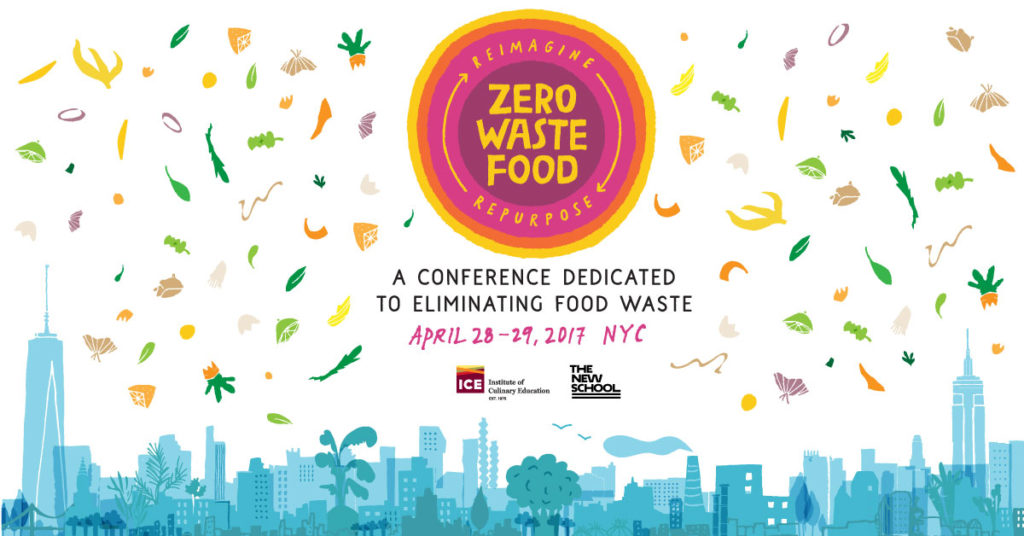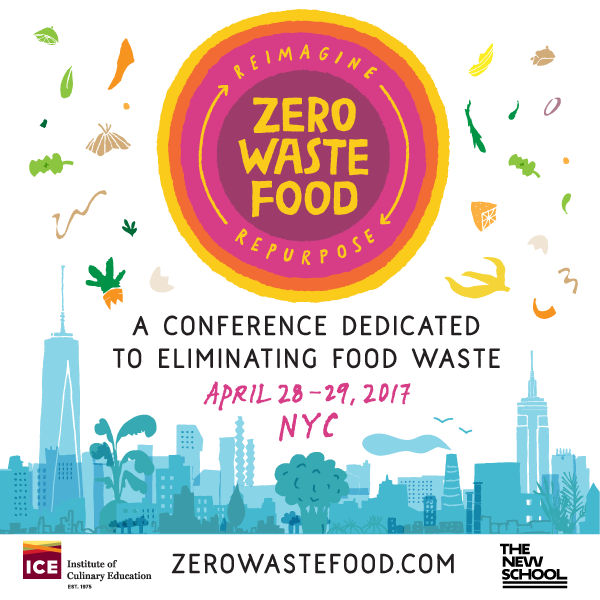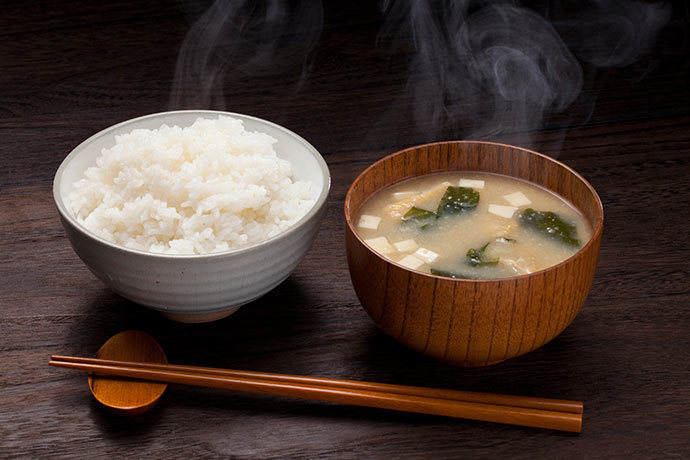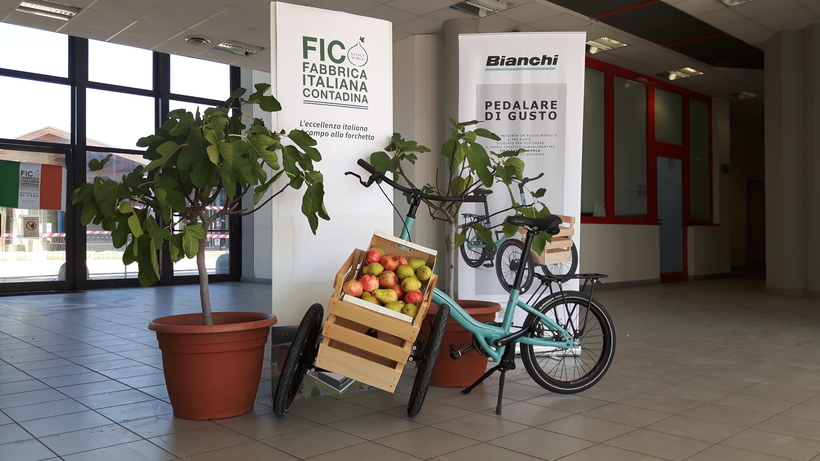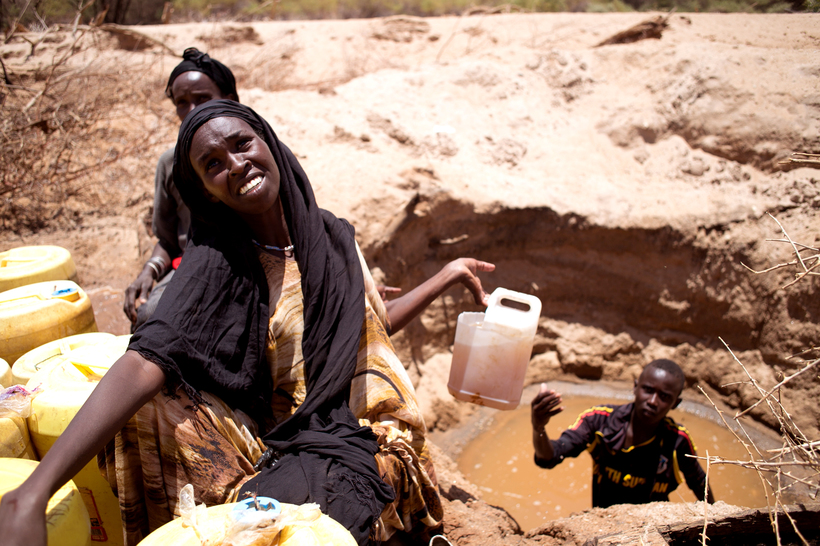
With Rebeka Ryvola, Red Cross Red Crescent Climate Centre
A pizza pie that demonstrates the proportion or clean vs. fossil fuel energy with a perfectly edible and appetizing portion while the remaining two thirds of it are unsavory, burnt? An exquisite dessert with an unexpected garnish of crickets inviting western populations to explore alternative, environmentally-friendly protein sources? A range of salad dressings with increasing proportions of red and spicy Moroccan harissa to show how climate change brings increasing discomfort? These were some of the climate data concepts shared at the Community Based Adaptation to Climate Change (CBA 11) conference in Uganda in June where the Red Cross Red Crescent Climate Centre brought food, climate, and data together in an out-of-the-box session created in collaboration with The New School.
Climate cuisine? It’s not just a delicious distraction from the often-abstract subject matter. Multisensory learning makes concepts stick better, and experiential approaches open up the subject matter to a broader audience. CBA session facilitator Roop Singh notes, “combining climate data with food makes esoteric climate concepts approachable for everyone, not just the scientists”. And food-as-communication makes abstract concepts more personal: Colin McQuistan from Practical Action tweeted about the session: “Data cuisine session links between climate, culture & cuisine … stories of how food is central to who we are.”
Development and climate professionals are increasingly called on to integrate climate concepts and data in the work they do in and out of the field. In the Climate Centre’s work, a growing number of the emergencies, famines and other humanitarian crises are connected to extreme weather events, from droughts to floods and hurricanes. To communicate about complex climate dynamics in a way that inspires communities, practitioners, governments, and others to take action, the Climate Centre has been playing educational games with officials, creating collaborative art with residents of poor neighborhoods of the Peruvian capital, Lima, running animations and virtual reality to tell climate data stories – all highly creative approaches central to the Climate Centre’s work.
The invitation to “Taste the Change” was introduced at Paris’s COP 21 (the annual United Nations Climate Change Conference) in 2015. In that first foray into experimenting with using food to communicate about water intensity and livestock production, insect-based morsels, prepared by Senegalese chef Pierre Thiam, gave participants a multisensory experience. Throughout 2016, the Climate Centre worked with academics, journalists, chefs, museum curators, and artists to further push the bounds of creative communication approaches of climate data and climate change impacts around the world. At the COP 22 meeting in Marrakech, Morocco from Nov 7 – 18, 2016 the Centre organized two more Taste the Change sessions: a highly interactive one that dealt with the numbers-side of climate, and another that examined the role of storytelling in understand how climate is impacting how me grow, prepare, and consume food.
Mapping out the CBA session, we wondered: how could students from New York join the food system and climate conversation in Uganda and what could they contribute? In the frame of the Zero Waste Food conference on April 28th and 29th, twenty-five students from The New School Food Studies program participated in an afternoon-long workshop focused on designing experiences that could help the participants at CBA and possibly throughout Uganda better understand the consequences of weather pattern changes on the connections between agriculture, climate change, and food waste by using local ingredients, dishes, and practices.
A group worked on the animal sounds that traditionally signaled certain phases in the agricultural production now losing some significance, as animals adapt their behaviors to climate change. Others focused on need for fuel and the excessive exploitation of native plants that can provide edible products; on the use of solar energy to dry fish and the subsequent manufacturing of high protein content fish powders to add to meals; and on a Cutthroat Kitchen-like game in which the absence of necessary ingredients, reflecting the effects of climate change on food availability, would force participants to get creative in cooking.
CBA threaded together the lessons and experiences from Paris, Marrakech, and NYC Taste the Change. The result was 200+ global development practitioners, scientists, humanitarian aid workers, policy makers, and community members slowing down to deliberate adaptation approaches over food. Ideas and stories about food in culture, policy, and tools for resilience grew into an organic, informative, and creative discussion often missed out on with traditional presentations. Food will obviously continue to play critical roles in our cultures, communities, and lives. And we believe it will increasingly feature prominently in our conversations and policy processes around climate change adaptation. Get in touch with Ryvola@climatecentre.org to learn more.

